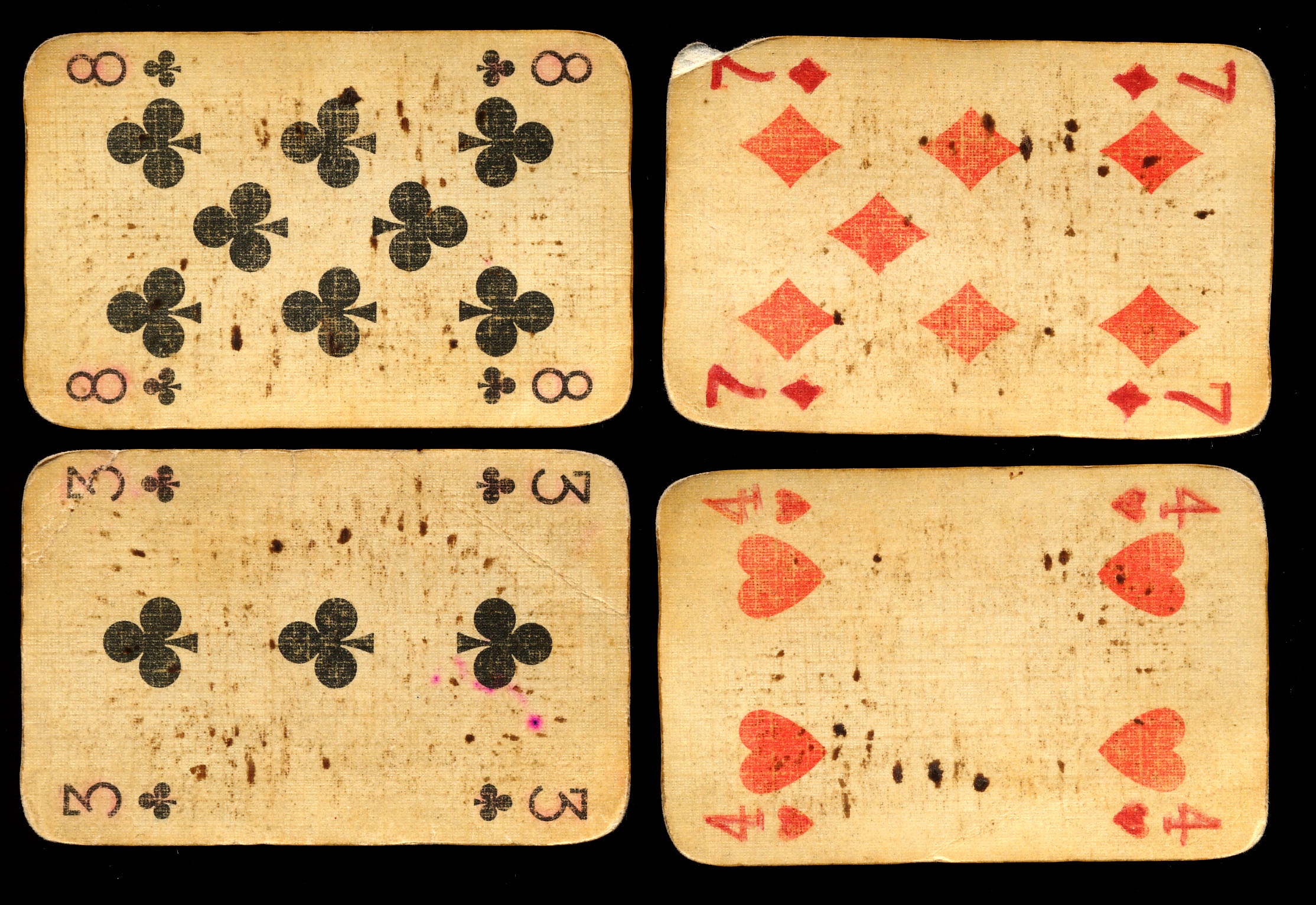World War II was a global conflict that spanned 1939 to 1945. This massive conflict involved most of the world’s nations, including superpowers that split into two opposing military alliances: the Allies and the Axis. World War II led to widespread destruction and had a lasting impact on global relations and history.
Causes of World War II
The origins of this conflict can be linked to several complex factors that created tension. Some of the primary causes included:
Impact of the Treaty of Versailles
The Treaty of Versailles placed significant reparations on Germany, leading to economic hardship and resentment. This agreement was seen as unfair by many Germans, creating a climate that would eventually lead to radical political movements, such as the Nazi regime under Adolf Hitler.
Rise of Fascism and Militarism
In the years leading up to the war, countries like Germany, Italy, WW2 Polish Officer Metal Rank Bars – Sarmatia Antiques and Japan saw the rise of fascist governments. Leaders such as Hitler in Germany, Benito Mussolini in Italy, and military rulers in Japan sought to expand their empires, which fueled global tensions.
Economic Hardships and the Great Depression
The Great Depression of the 1930s led to economic instability in various countries, giving rise to extremist ideologies. Nations saw increased support for militaristic policies as a way to restore order.
Policy of Appeasement
European powers such as Britain and France initially pursued a policy of appeasement, in hopes of avoiding war by allowing certain territorial demands to Germany. However, the concessions encouraged further aggression, leading to further expansion.
Major Events of World War II
The war involved numerous events and turning points that defined the conflict. Some of the most notable events included:
Invasion of Poland
On September 1, 1939, Germany launched an invasion of Poland, marking the beginning of World War II. This action led Britain and France to declare war on Germany, intensifying the conflict.
The Battle of Britain
Following Germany’s success in Western Europe, the German Luftwaffe launched a massive air campaign against Britain. The resilience of the British people during this battle marked a key turning point.
Pearl Harbor Attack
In a surprise attack, Japan bombed the U.S. naval base at Pearl Harbor in Hawaii, prompting the United States to join the Allied powers against Japan, shifting the dynamics of the war.
D-Day and the Liberation of Europe
A crucial offensive took place on June 6, 1944, when Allied forces carried out the D-Day invasion on the beaches of Normandy, France. This assault marked the beginning of the liberation of Western Europe from Nazi control.
The Atomic Bomb and Japan’s Surrender
Towards the end of the war, the United States dropped atomic bombs on Hiroshima and Nagasaki, which led to Japan’s surrender. The use of atomic bombs marked the end to World War II in the Pacific.
Impact and Aftermath of World War II
The aftermath of World War II were far-reaching and redefined global power. The key outcomes included:
Creation of the United Nations (UN) – Established in 1945, the UN was founded to promote peace and stabilize global relations.
Onset of the Cold War – The post-war period saw the rise of tensions between the United States and the Soviet Union, which gave rise to the Cold War, an era of intense geopolitical rivalry that would define global relations for decades.
Reconstruction Efforts in Europe – In response to the devastation, the United States initiated the Marshall Plan to help restore economies and stabilize the region.
The Redefinition of Power Dynamics – World War II led to a shift in global power, establishing the United States and the Soviet Union as superpowers.
Key Takeaways
World War II remains a significant historical event that provides insights into the dangers of unchecked authoritarianism, the value of international cooperation, and the importance of conflict prevention. Through studying these events, we honor the past and commit to a better future.
 Der Ursprung des Bridge-Spiels liegt im Kartenspiel Whist, das im England des 18. Jahrhunderts sehr populär war. Whist war ein einfacheres Spiel, das mit einem ähnlichen Partnerschaftssystem und einer Trickstruktur gespielt wurde. Im Laufe der Zeit entwickelte sich Whist weiter und formte das Spiel, das wir heute als Bridge kennen.
Der Ursprung des Bridge-Spiels liegt im Kartenspiel Whist, das im England des 18. Jahrhunderts sehr populär war. Whist war ein einfacheres Spiel, das mit einem ähnlichen Partnerschaftssystem und einer Trickstruktur gespielt wurde. Im Laufe der Zeit entwickelte sich Whist weiter und formte das Spiel, das wir heute als Bridge kennen.